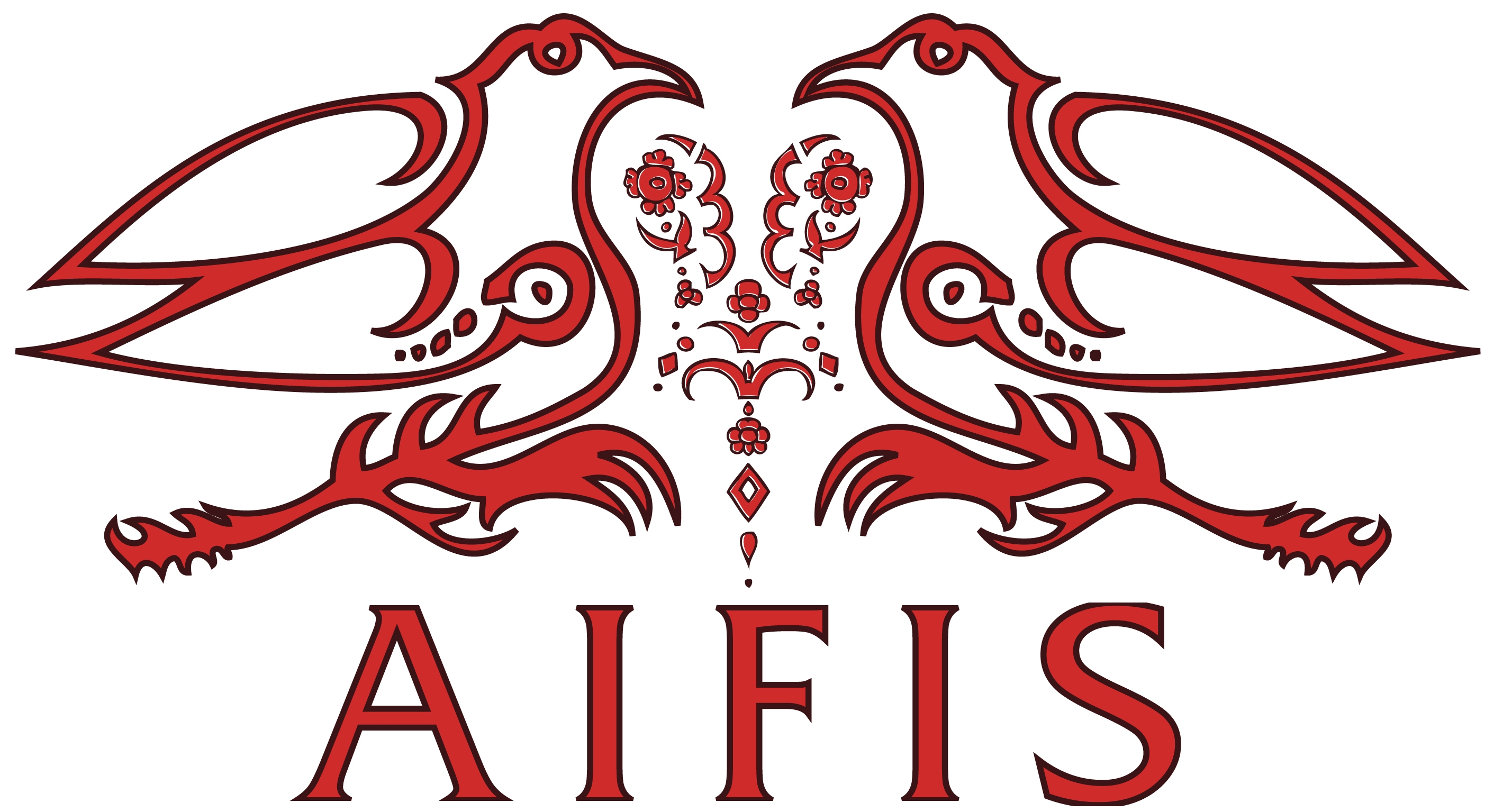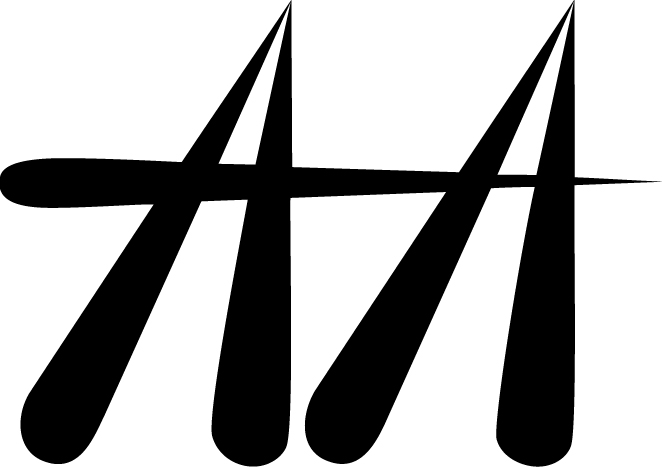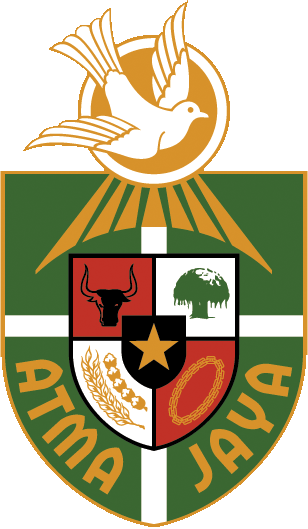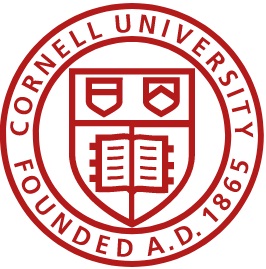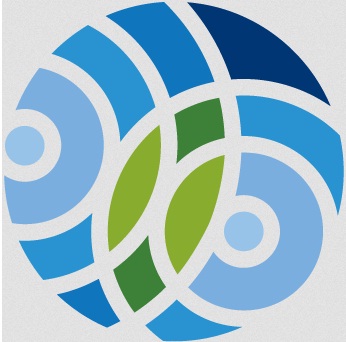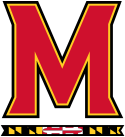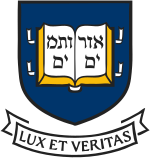Atma Jaya University, Jakarta, Indonesia
16 – 18 February 202
The conference will take place on the 15th floor of the Yustinius Building.
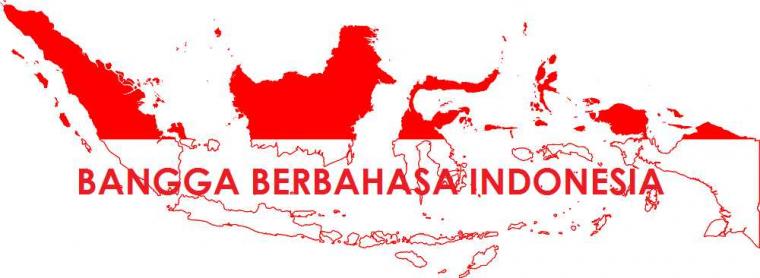
The linguistic landscape of Indonesia is rich and dynamic. Home to about 700 languages, roughly ten percent of the languages of the world, it offers a wonderful case study for language documentation, multilingualism, emerging new varieties, and, sadly, concerns about language endangerment. Remarkably, in a span of less than 100 years, Indonesian has emerged as a major world language spoken as a first or second language by some 260 million people. Standard Indonesian has been instantiated and developed as a national language, resulting in an increasing number of Indonesians reporting use of Indonesian as a primary language. Along the way, Indonesian has been in contact with hundreds of other languages of Indonesia (both Austronesian and non-Austronesian), colonial languages, as well as a range of other Malay and Malay-based varieties spoken as lingua francas throughout the archipelago. The outcomes of language contact across Indonesia are varied. In some instances, increased knowledge and use of Indonesian is implicated in a shift toward monolingualism and growing endangerment of the local languages of Indonesia, many of which are under-described and under-documented. At the same time, some language varieties are maintained, and yet new varieties (colloquial spoken varieties, regional koines, creoles, and pidgins) are emerging, shifting the multilingual landscape and the socio-indexical features of different language varieties.
The study of linguistics in the Indonesian context is thus largely centered on the focal areas that emerge from the above: language documentation and description, language use in multilingual contexts, language endangerment and vitality, and emerging varieties of spoken Indonesian. Studying the languages of Indonesia in a multifaceted way provides not only critical insight into this rich linguistic landscape, it also offers an opportunity to inform the field of linguistics relevant to the understanding of language ecologies and broader trends in language change and use. We will use these four areas as focal points for the conference as we aim to understand the current state of the field and look to its future, exploring questions such as:
Language documentation and description
- What is the state of language documentation and description of the languages of Indonesia, including new varieties?
- How does documentation contribute to language description and linguistic typology and vice versa?
- What
are the best practices for documenting and describing the languages of
Indonesia?
- How can linguists best collaborate with native speakers and/or local communities in language documentation projects? How do our linguistic projects benefit local communities?
- What do local communities need and expect from linguists when they collaborate in a documentation project?
- How do we treat variation within the target language?
Language use in multilingual contexts
- How can we characterize the shifting multilingual landscape of Indonesia, both synchronically and diachronically? What is the relationship between language and identity in different communities in Indonesia?
- What are the language ideologies in Indonesia associated with multilingualism and multilingual language use?
- What are the roles of different languages in different contexts and for different social groups in Indonesia?
Language endangerment and vitality
- How should we think about language endangerment and shift in the context of Indonesia?
- What are the factors that support the maintenance of local languages and what factors accelerate language shift?
- How can we characterize language endangerment scenarios in Indonesia?
- What models of language maintenance or revitalization do we have in Indonesia?
Emerging varieties of spoken Indonesian
- How can we provide much needed documentation of emerging spoken varieties? Are there shared features of emerging varieties that are unexpected cross-linguistically?
- Are emerging varieties of spoken Indonesian stable? And what is the interaction between regional/emerging Indonesian varieties and established Malay, Malayic, and Malay-based varieties?
- What is the role of a suprastratal language that has few to no native speakers? What role do new regional koines play in local language ecologies?
We also hope to address a few broader questions including:
- What are the role and the form of standard Indonesian today 90 years after standardization?
- What are the particular challenges of doing linguistics in Indonesia?
- In what way is the Indonesian situation comparable/unique cross-linguistically?
Hosts: Atma Jaya Catholic University, Jakarta Indonesia; Cornell University, Ithaca NY, USA
Sponsors and Funding Organizations
Planning committee: A. Cohn, Yanti, M. Abtahian, T. Conners, A. Shiohara, and J. Errington
